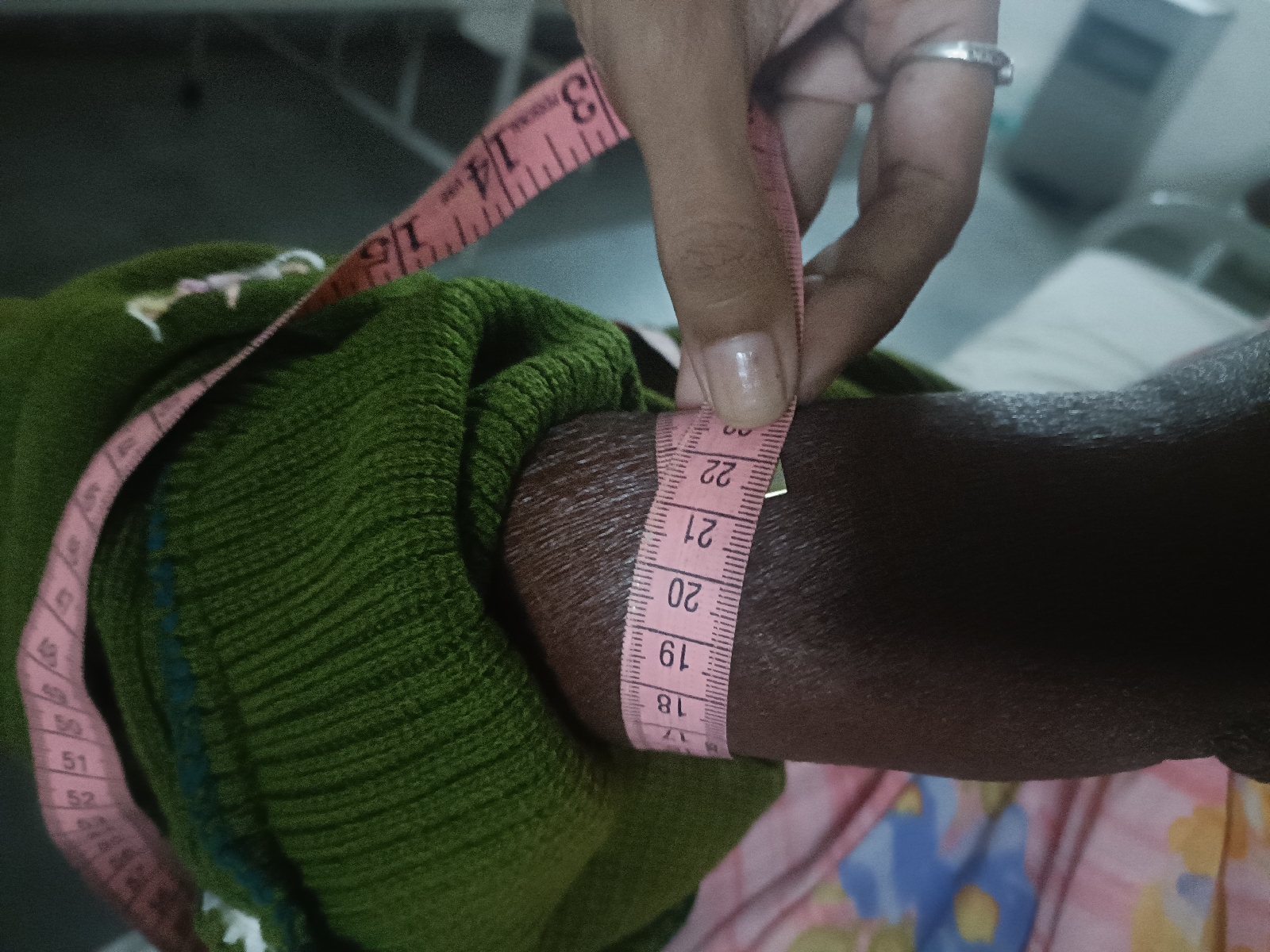OSCE -learning points -prefinal examination
OSCE learning points -prefinal examination
What is dystonia?
Dystonia is a very complex, highly variable neurological movement disorder characterized by involuntary muscle contractions.Dystonia results from abnormal functioning of the basal ganglia,a deep part of the brain which helps control coordination of movement.
Dystonia may be inherited, acquired, or idiopathic (no known cause). Inherited disorders are transmitted genetically. In acquired forms, dystonia is caused by damage or degeneration of the brain (e.g. after a brain injury or stroke) or exposure to particular drugs. In idiopathic dystonia there is no identifiable cause and no structural damage or degeneration to the brain.
Dystonia classification.
Childhood onset – 0 to age 12
Adolescent onset – age 13 to 20
Adult onset – older than age 20
Focal dystonia
Focal dystonia is limited to one area of the body and can affect the neck (cervical dystonia or spasmodic torticollis), eyes (blepharospasm), jaw/mouth/lower face (oromandibular dystonia), vocal cords (laryngeal dystonia) or arms/legs (limb dystonia). Other less common types of focal dystonias can cause unusual stretching, bending or twisting of the trunk (truncal dystonia) or sustained contractions and involuntary, writhing movements of the abdominal wall (abdominal wall dystonia).
Symptoms
Dystonia affects different people in different ways.
Begin in a single area, such as your leg, neck or arm. Focal dystonia that begins after age 21 usually starts in the neck, arm or face. It tends to remain focal or become segmental.
Occur during a specific action, such as writing by hand.
Worsen with stress, fatigue or anxiety.
Become more noticeable over time.
Areas of the body that can be affected include:
Neck (cervical dystonia). Contractions cause your head to twist and turn to one side, or pull forward or backward, sometimes causing pain.
Eyelids. Rapid blinking or spasms cause your eyes to close (blepharospasms) and make it difficult for you to see. Spasms usually aren't painful but might increase when you're in bright light, reading, watching TV, under stress or interacting with people. Your eyes might feel dry, gritty or sensitive to light.
Jaw or tongue (oromandibular dystonia). You might experience slurred speech, drooling, and difficulty chewing or swallowing. Oromandibular dystonia can be painful and often occurs in combination with cervical dystonia or blepharospasm.
Voice box and vocal cords (laryngeal dystonia). You might have a tight or whispering voice.
Hand and forearm. Some types of dystonia occur only while you do a repetitive activity, such as writing (writer's dystonia) or playing a specific musical instrument (musician's dystonia). Symptoms usually don't happen when your arm is at rest.
Focal dystonia more commonly affects people in their 40s and 50s and is frequently referred to as adult-onset dystonia. Women are affected about three times more frequently than men.
Dystonia can also be a symptom of another disease or condition, including:
Parkinson's disease
Huntington's disease
Wilson's disease
Traumatic brain injury
Birth injury
Stroke
Brain tumor or certain disorders that develop in some people with cancer (paraneoplastic syndromes)
Oxygen deprivation or carbon monoxide poisoning
Infections, such as tuberculosis or encephalitis
Reactions to certain medications or heavy metal poisoning
What is drug induced dystonia?
Dystonia may occur from administration of dopaminergic agents, lithium ,SSRIs,carbamazepine, and metoclopromaide.
The five characteristics of the drug-induced dystonic reactions are oculogyric crisis, torticollic crisis, buccolingual crisis, opisthotonic crisis, and tortipelvic and gait crisis.
Tardive dystonia caused by intake of certain drugs. Most commonly, these are antipsychotics or anti nausea drugs which block the dopamine receptors in the brain. Dopamine is found in the basal ganglia and is responsible for normal movement. It has been hypothesized that these drugs can activate an underlying susceptibility in certain individuals.
There are two types of manifestations caused by drugs:
Acute dystonic reactions which typically occur within days to weeks upon starting the offending drug or Tardive dystonia which occurs after a more prolonged (months – years) intake of the drugs.
The potential cause of drug induced dystonia is the development of dopamine receptor hypersensitivity after prolonged blockade of these receptors with the use of antipsychotics or anti emetics. In almost all instances, drug induced dystonias are reversible, resolving after the discontinuation of the offending drug. Tardive dystonia is a rare exception to this rule with a potential for becoming permanent. Tardive syndromes are pretty troublesome since it can be prolonged and very difficult to treat. Treatment involves stopping the offending drug or at least to lower the dose.
What is difference between tonic and clinic?
Tonic: Muscles in the body become stiff. Atonic: Muscles in the body relax. Myoclonic: Short jerking in parts of the body. Clonic: Periods of shaking or jerking parts on the body.
1.how to differentiate tonic and clonic.?
2.what are the drugs causes dystonia?
3.what is the mechanism of drug induced dystonia?
4.How to approach dystonia by eliminating other causes of disorders?
5.How to correlate history with the cause of disease?
6.what is the importantance of daily routine approach?



